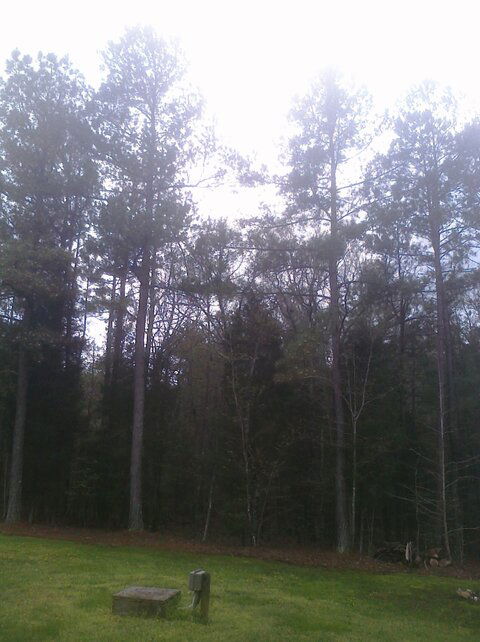So let me give a play by play here so maybe someone will read this and it will spark something in their minds.
I decided before I give up today to try and realign to AMC-9 as it's higher and I understand the concern for the tree line. Here's what I've done step by step.
With the azbox off, I took my compass out stood under the dish put a screwdriver in the ground and starting walking about 15 feet out at 195 degrees. At which point I put another screwdriver in the ground to give me a nice line.
Next I hope up on my ladder, and skew the lnbf roughly 5.3 toward the west. Then I unbolt the mount and line up 48 with the center of the bolt for the elevation and tighten both sides down. While still on the ladder I hook up the signal meter to the lnbf. Then line up the arm and the lnbf with the line of screwdrivers. Getting up and down off the ladder several times to make sure it's as nice as I can get it to the line of screwdrivers.
Next I turn on the azbox, go into antenna setup, choose amc-9, lnbf frequency universal, tp frequency 11735. Then I turn to that obnoxious squelling box. I lvl adj so that the needle is around 5, then move the dish east or west and check whether needle moves up or down. If it moves up I move it up as far as it will go, then lvl adj down to 5 again and repeat until any move lowers the needle. Wait a good 2 minutes, 65% strength Quality 0%.
I shutoff the azbox, disconnect the meter, hook it all back up, turn the azbox back on.
Back into anetenna setup, I choose amc-9 again, lnbf already on universal, and select the tp frequency at 11735. I exit that menu, then go to SAT/TP Edit.
Satellite name is already set to amc-9
I set the tp frequency to 11735
the symbol rate of 4440 comes from the selection of the tp
polarization is horizontal, modulation dvb0s/qpsk, fec auto, pilot 0
Wait here for 2 minutes, strength 65% quality 0%.
Now comes the nudging, left right up down, I do this for about 15-20 minutes at a shot, it doesn't change anything.
Welp I've had enough for today, I'll be contacting the vendor tomorrow but if anyone has any ideas, please let me know.
Thanks.



